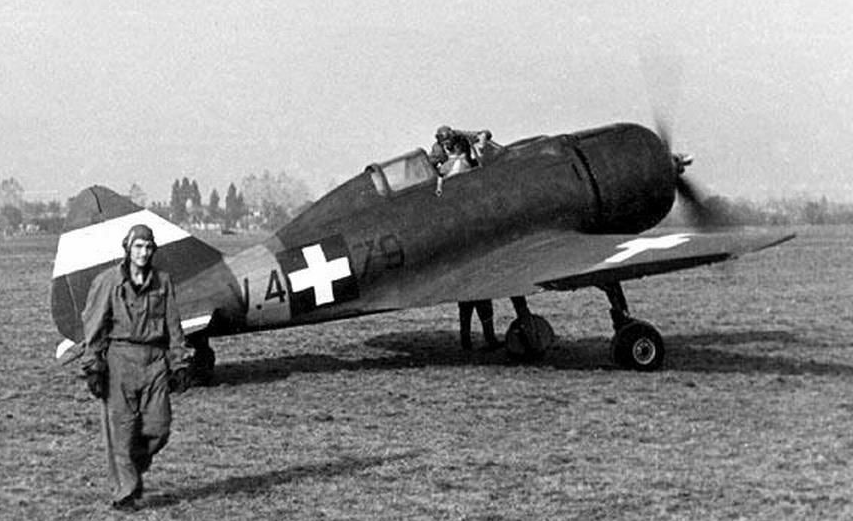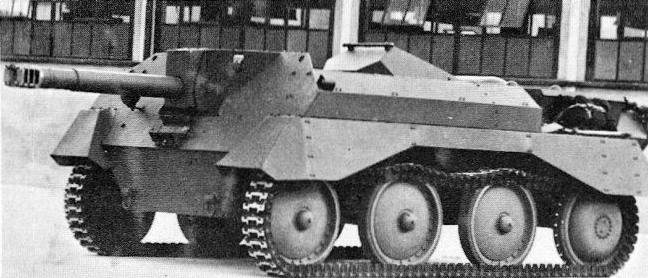The Ordnance QF 2-Pounder: The British Anti-Tank Gun of World War II
- kismber

- Dec 7, 2023
- 2 min read

The Ordnance QF 2-pounder, colloquially known as the "2-pounder gun," played a crucial role as a British anti-tank weapon during World War II. In this article, we will explore the historical significance, evolution, and impact of this quick-firing artillery piece on the battlefields of the Second World War.
The 2-pounder gun served as the primary anti-tank weapon for artillery units during the Battle of France. Even after the Dunkirk evacuation necessitated quick rearmament, the 2-pounder continued its service throughout the North African campaign. Its adaptability and reliability made it a staple on the battlefield during critical phases of the war.

Beyond its role as a towed anti-tank gun, the 2-pounder found a prominent place as the main gun on British tanks in the early years of World War II. Additionally, it served as the typical main armament for armored cars like the Daimler throughout the conflict. Its versatility and effectiveness made it a valuable asset in various combat scenarios.
As Axis tanks improved their armor protection, the 2-pounder faced challenges in maintaining its effectiveness. In response, the gun began to be replaced gradually by the more potent 57 mm QF 6-pounder starting in 1942. Despite these challenges, the 2-pounder had left an indelible mark on early war tank warfare. The 2-pounder gun boasted an innovative design, featuring a three-legged carriage that provided stability and a full 360-degree traverse in the traveling position. This allowed quick engagement of moving vehicles from any direction, a crucial advantage in dynamic battlefield scenarios. Equipped with a 1.9x magnification telescopic sight with a 21-degree field of view, the gunner had the tools for accurate targeting.

Formally integrated into the Royal Artillery in 1938, the 2-pounder became an integral part of the anti-tank regiments. Its performance as an anti-armour weapon improved over time with the development of more sophisticated ammunition. The introduction of the Littlejohn adaptor further enhanced its capabilities, converting it into a squeeze-bore design firing specially-designed shells at higher velocities, albeit at the cost of High Explosive rounds.
Despite these improvements, the 2-pounder found itself in a perpetual race against advancing tank designs. The relentless evolution of armored vehicles outpaced the gun's enhancements, highlighting the challenges faced by anti-tank weapons during this period of rapid technological progress.
The Ordnance QF 2-pounder, with its versatile applications and contributions to anti-tank defense, stands as a testament to the ingenuity of wartime weaponry. Although outpaced by the relentless advancements in tank design, its role in the early years of World War II remains a significant chapter in the annals of military history. The 2-pounder gun, with its innovative design and adaptability, left an enduring mark on the evolving landscape of armored warfare during the tumultuous years of the Second World War.



